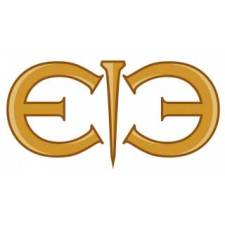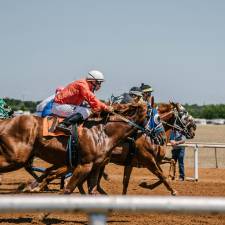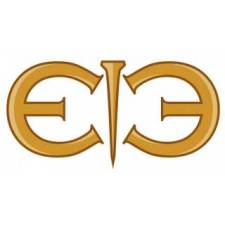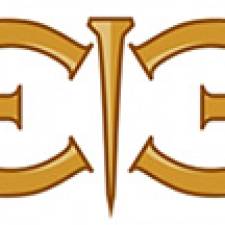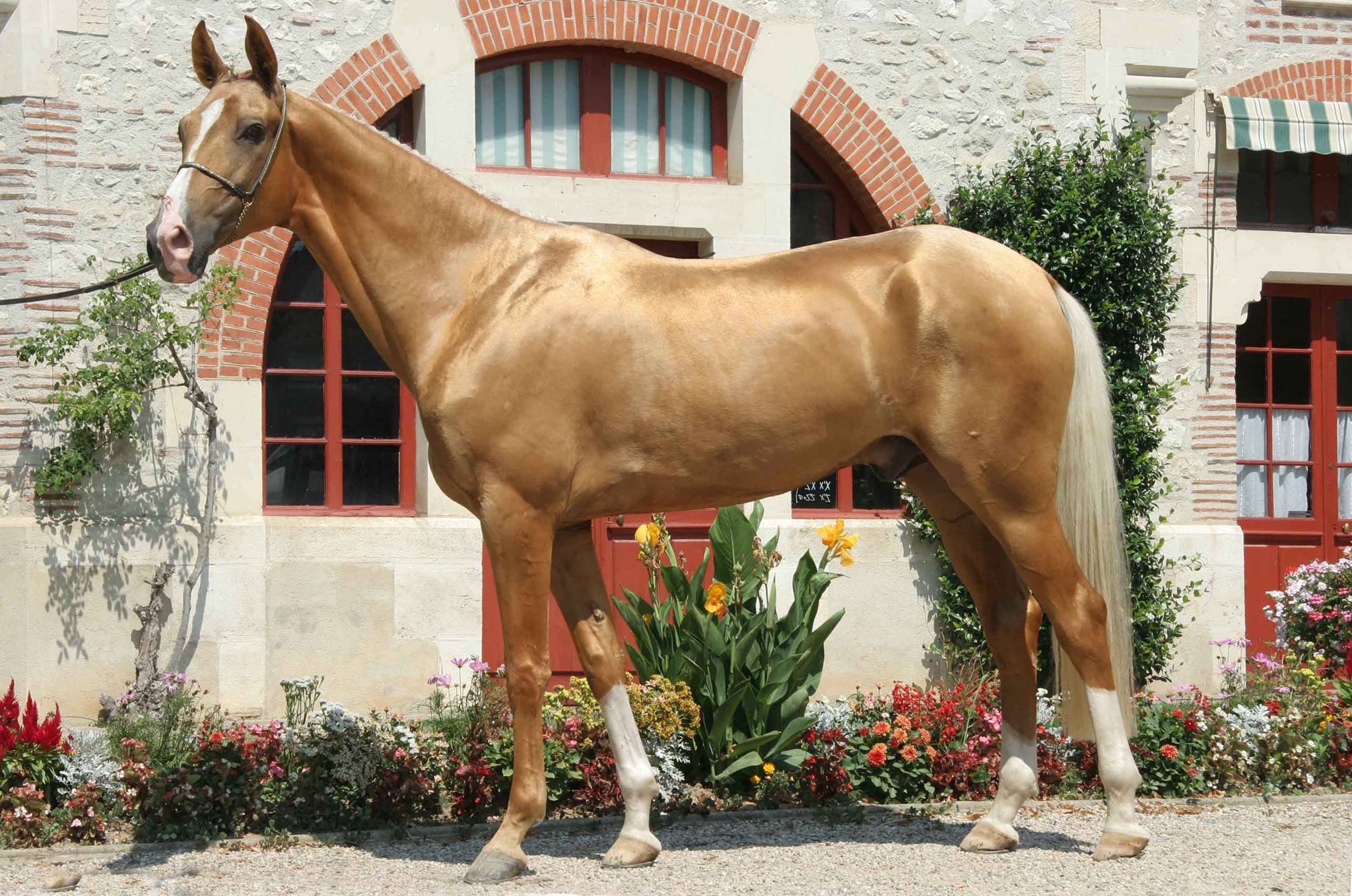
Nick Ratings (or why nick ratings are the bane of my existence), by Anne Peters
It's important that people understand what a nick is, and the difference between a nick and a nick rating. Nicks are a fact, but nick ratings are a statistic, and we all know statistics can be very misleading. Unfortunately, ratings are what people want nowdays because it's easier to read a score and blindly accept it, than to reason out the intricate process of properly mating your mare.
The word "nick" has become distorted in breeding jargon due to the proliferation of the ratings, so that many people have come to use it as a verb. "What stallions nick with my mare?" or "I want you to nick my mares." When I hear that, my skin crawls. The nick ratings have created this quick and dirty method of matching stallions and mares to the demise of well rounded matings.
I don't think this is what the creators of either popular nick rating system intended, but that's what has happened. Nick ratings have done more to take down real mating analysis than anything I've ever seen.
What is a nick? In my article "Nicks or Not," I explain that a nick is a real live genetic term describing a cross of two bloodlines that produces superior results a surprising amount of the time. It's not guaranteed, but it has a serious track record. The A.P. Indy/Mr. Prospector cross is a good modern example.
Some of A.P. Indy's most important offspring are the result of this nick including Horse of the Year Mineshaft, and his good sire sons Pulpit and Malibu Moon, all sons of A.P. Indy out of mares sired by Mr. Prospector. That's a nick. It's rare, and it's very specific.
A.P. Indy on a mare by Mr. Prospector represents a very specific pedigree alignment accounting for 75% of the same pedigree on paper. If the mare is not by Mr. Prospector, we're not talking about the same nick. Bernardini is by A.P. Indy and out of a mare by Quiet American.
Quiet American, by Fappiano, by Mr. Prospector, is a male line grandson of Mr. Prospector. It's a similar cross, but technically, it's not the same nick, because Mr. Prospector's influence is diluted 2 generations further back.
Since we know full siblings in actuality share only about 50% of their genes, theoretically, the chances of genetic similarity based on three-quarter relatives, relatives with 75% similar parentage, are half of that, or 37.5%.
A.P. Indy crossed with a mare by a son of Mr. Prospector reduces the influence of Mr. Prospector by even more, down to 62.5% on paper, or 31.25% in terms closer to probability. The further back the key ancestor is along the mare's male line, it's potential influence decreases dramatically every generation.
That's not to say some bloodlines don't work better together than others, because they certainly appear to, but to attribute the cross to the singular presence of the male line ancestor of the mare crossed with the subject stallion is extremely shaky science.
The biggest flaw in the system is that nick ratings don't account for the whole of the sire's pedigree crossing with the whole of the mare's pedigree, including instances of the key successful ancestor in other areas of the mare's pedigree (like the sire of the second dam).
Likewise, nick ratings don't account for the fact that some sires are more dominant than others, and, and some sires are more like their mothers than their fathers. Northern Dancer was a very dominant sire, and threw a lot of typical sons like Lyphard, Danzig, and The Minstrel, but his best son, Nijinsky II, was a very atypical son.
Instead of the small, heavily muscled model, Nijinsky II was a tall, rangy individual built along staying lines. As a stallion, Nijinsky II did not throw a consistent physical type and his offsping varied greatly in aptitudes and ability from sprinters to milers to stayers.
In the long term, Nijinsky II does not behave in pedigrees like his sire, Northern Dancer and nick ratings ignore that entirely.
Mr. Prospector was a great sire of speed and class, but he did not kick out cookie-cutter versions of himself or his sire Raise a Native. In fact, many of his best runners throw back more to their dam's pedigrees in looks and aptitude, in particular, perhaps his greatest sire son, Fappiano, who was very atypical and has created his own dominant and easily recognizable branch of the Mr. Prospector sireline.
They are usually tall, long backed horses with a lot of bone. This is the branch that hs produced more of the stayers descending from Mr. Prospector, including Victory Gallop and Unbridled. On the other hand, Forty Niner tended to get smallish, heavily muscled, handsome types like Distorted Humor. The two branches of Mr. Prospector's sireline are very different, and yet nick ratings treat them as interchangeable.
Don't fall into the trap and decide your matings based on a nick rating alone, good or bad. There are too many more important things to evaluate in mating your mare and all must be considered before you make your decision.
Some examples of why nick ratings are misleading
Example 1:
Working at Three Chimneys, I took numerous calls from breeders wanting to breed their mare to Sky Mesa. An alarmingly high number of these calls were from breeders owning Storm Cat-line mares, because it was an "A" nick based on the cross of Pulpit and Storm Cat.
Of course, the breeders were overlooking the fact that this is exactly the cross that produced Sky Mesa. A cross of Sky Mesa on a daughter of Storm Cat would be inbreeding 3x2 to Storm Cat, and Sky Mesa on a daughter of a son of Storm Cat would be inbreeding 3x3 to Storm Cat.
Anyone who has laid eyes on Sky Mesa knows that he's a very large, thickset, heavily muscled horse on legs a little short for his mass. By inbreeding to Storm Cat, a very similarly built horse, you're adding more of the same, and the last thing you'd want to pile on this physical model is more of the same.
I discouraged breeders from doing this, but the nick ratings were touting it as a great cross and some didn't want to hear my cautions. By ignoring the rest of the pedigree, the rating was pointing breeders down a potentially disastrous path.
Even now, after Sky Mesa is a proven stallion in his own right, the cross of a Storm Cat-line mare with him generates an "A" nick rating, based on the Pulpit/Storm Cat cross. Shouldn't this rating be adjusted to show the results of the Sky Mesa/Storm Cat cross specifically?
Those figures would give a clearer picture of the real value of the mating, since Sky Mesa himself has not proven to be a good cross with Storm Cat-line mares, and I think it's obvious why that would be.
Example 2:
A client is excited that his mare, hypothetically crossed with a certain successful but extremely crooked son of Storm Cat, generated a nick rating of "A++" with a variant of 31.20 (which apparently is off the charts. I wouldn't know, because I don't pay attention to this sort of, er, stuff).
His mare is by Speightstown (Gone West - Silken Cat by Storm Cat). He wanted my opinion. I explained to him that the mating would also result in inbreeding 2x4 to Storm Cat, a horse who is notorious for passing on offset knees. Since the stallion in question is extremely offset, which is why he is commercial poison, inbreeding to the source of this major fault would not be a good idea.
"Oh," he said, "I didn't think about the inbreeding." No, the nick ratings don't remind you to avoid potentially negative inbreeding in their algorithm.
>Example 3:
Before he had runners, nick ratings proclaimed that Flower Alley, Distorted Humor's first and best son at stud, would be a good cross (an A nick) with Mr. Prospector-line mares. After all, hadn't Distorted Humor (by Forty Niner by Mr. Prospector) sired a Grade 1 winner from the cross named Flower Alley, out of a mare by Lycius by Mr. Prospector?
Distorted Humor also had a Grade 2 winner, Sharp Humor, from another Mr. Prospector-line mare, by Woodman. Both Flower Alley and Sharp Humor were inbred 3x3 to Mr. Prospector.
This sort of close inbreeding is unusual in high class runners and although the cross has worked with Distorted Humor, that doesn't mean it translates into success with his sons, especially those bred on the same cross. Distorted Humor was not closely inbred but these sons are.
The rule of thumb when using closely inbred horses as breeding stock is to outcross, outcross outcross, to maximize "hybrid vigor" to get a superior athlete. I discouraged breeders from breeding Flower Alley to mares with additional close crosses of Mr. Prospector, but many of them still did, because it was a "good nick."
Fast forward to the present, when the same cross of a Mr. Prospector-line mare with Flower Alley is given a "C+" nick rating, because this cross is not working. None of his 4 graded stakes winners are from Mr. Prospector-line mares, and only 1 of them (Neck 'N Neck) has an additional cross of Mr. Prospector in his dam.
Nick ratings will blindly recommend continued crosses of a pattern that will not have the same genetic benefits in the second generation as it does in the first generation.
Example 4:
A client called in a very bad mood because he had just looked up the nick rating of a yearling that a prominent bloodstock agent purchased for him last fall. It was a "D" nick, and the client was fuming. He was going to call the agent and give him an ear full of language.
"Hold on," I said, "let me look at the pedigree and see what's going on. You know I don't like nick ratings, but we also know this agent is a good horseman." So I looked up the catalog page, and immediately saw why the dam had been bred to the sire.
There were 3 stakes horses under the first 2 dams, and all three of them were by Sire X or a son of Sire X, and this yearling was also by a son of Sire X. So the mating was actually a very logical one, and the good genetic cross might have also led to the good conformation the yearling displayed to impress the agent to purchase it.
The nick rating wasn't paying attention to any of this, however, and gave the prospect a "D" without any further thought.
There are more articles that will interest you in our section on Horse Racing.
Are you interested in promoting your business or sharing content on EIE? Contact us at info@equineinfoexchange.com








